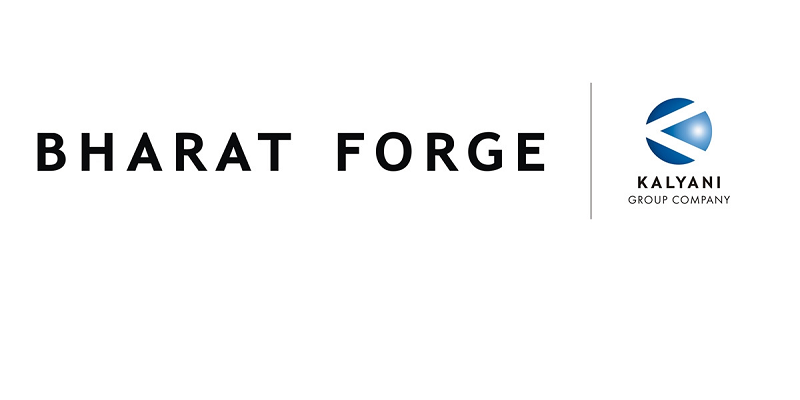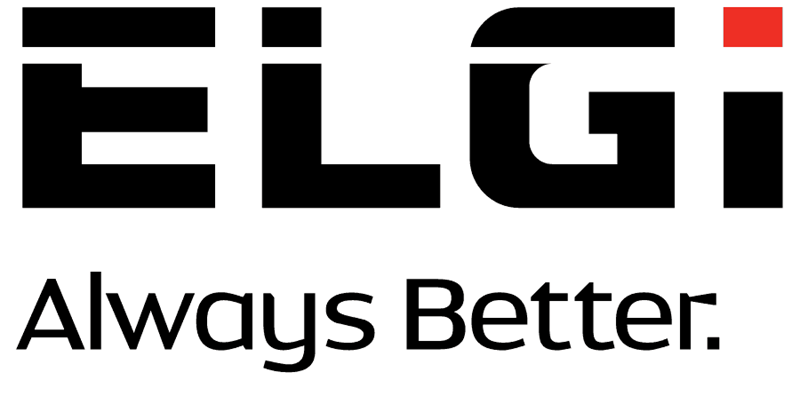Schedule a Call Back
Alang-Gujarat’s ship recycling industry eyes 10% CAGR by CY28
 Industry News
Industry News- Oct 10,24
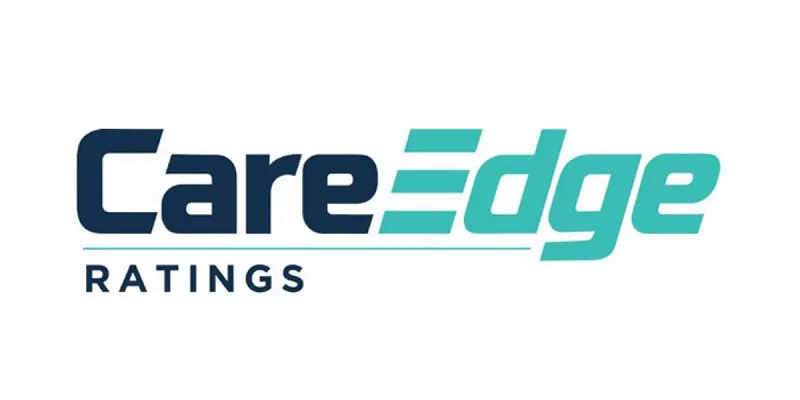
Related Stories

Lithium-ion battery storage: India’s import dependency to fall to 20% by FY27
The GoI has taken initiatives on several demand-side measures, such as Faster Adoption and Manufacturing of Electric Vehicles (FAME) scheme, Viability Gap Funding (VGF) scheme for Battery Energy Sto..
Read more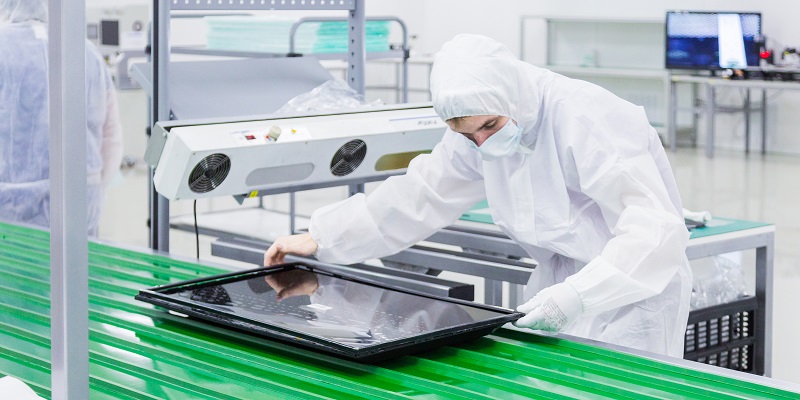
India to introduce import limits on laptops, tablets, PCs in 2025
Currently, India permits unrestricted imports of these products, but the proposed limits could reshape the $10 billion IT hardware market, which is highly import-reliant.
Read more
India's exports set to exceed $800 billion this fiscal year: A Sakthivel
He highlighted that the establishment of 12 new industrial cities would further stimulate domestic manufacturing, while the success of the Production-Linked Incentive (PLI) scheme has bolstered the ..
Read moreRelated Products
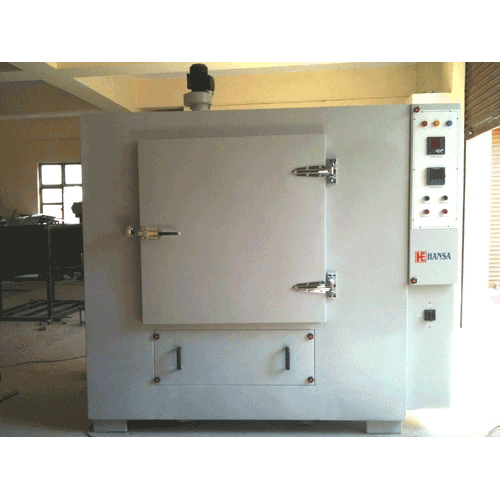
Heavy Industrial Ovens
Hansa Enterprises offers a wide range of heavy industrial ovens.
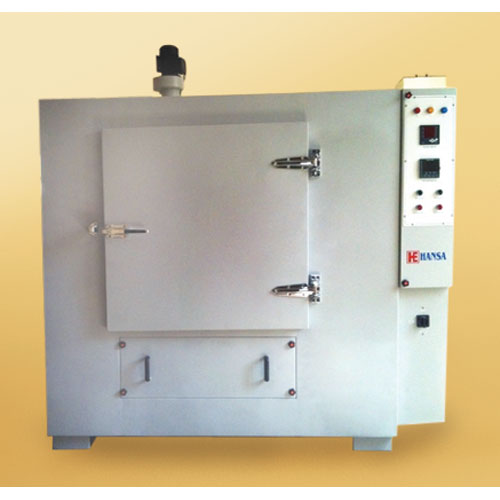
High Quality Industrial Ovens
Hansa Enterprises offers a wide range of high quality industrial ovens. Read more
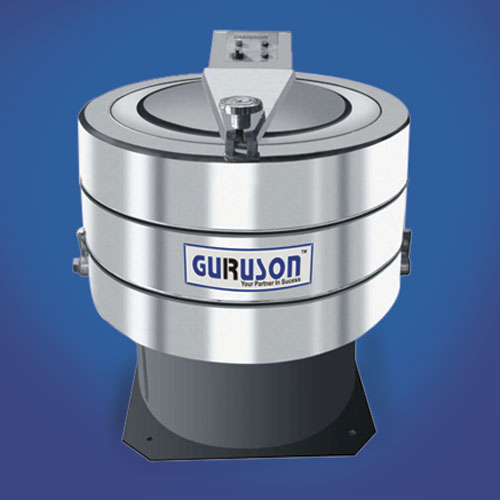
Hydro Extractor
Guruson International offers a wide range of cone hydro extractor. Read more




